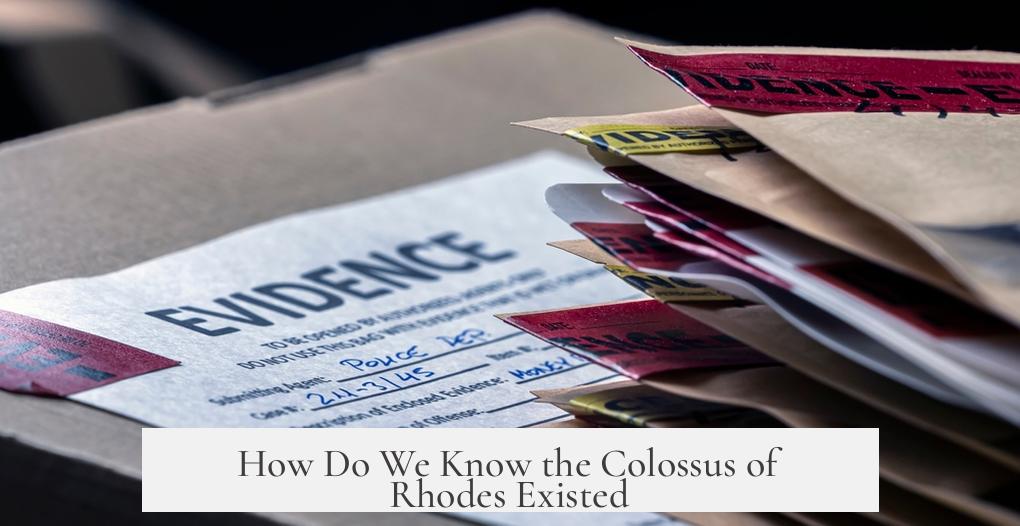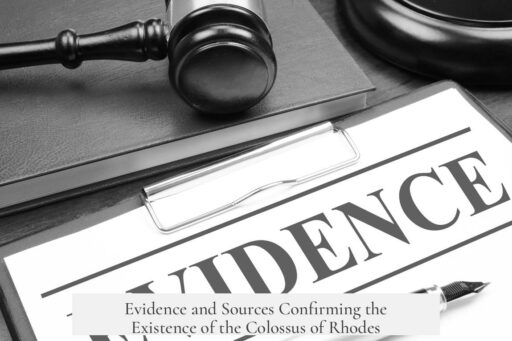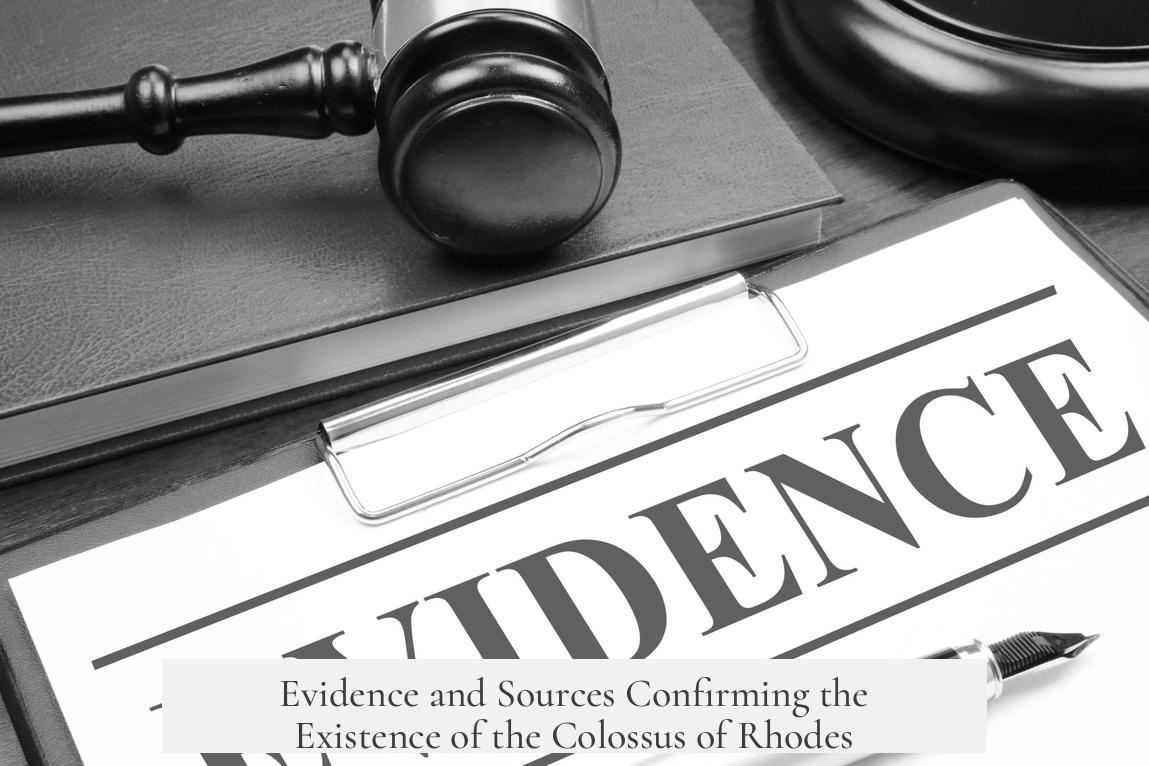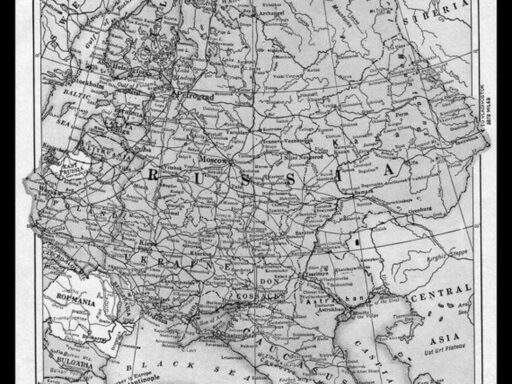The existence of the Colossus of Rhodes is confirmed primarily through multiple ancient literary sources describing its construction, dimensions, and fate. These records provide consistent details supporting its historical reality despite some inconsistencies and later embellishments.
Ancient writers such as Strabo, Pliny the Elder, and Philon of Byzantion form the core testimony. Strabo’s Geography (14.2.5) explicitly reports on the statue, including its impressive size. Pliny’s Natural History (34.41) offers detailed information on the Colossus’s height—70 cubits (~32.3 meters)—its construction period of 12 years, financing from war spoils, and collapse in an earthquake about 66 years after completion. Philon of Byzantion echoes the statue’s height at 70 cubits, reinforcing a consistent tradition about its scale.
These sources align on key facts: the statue was a large bronze figure erected on Rhodes after the successful defense against Demetrius Poliorketes’s siege around 305/304 BCE. Pliny notes the collapse occurred circa 227/226 BCE, based on the 66-year span following construction completion. While these dates are approximate, they follow a logical chronological sequence supported by historical events.
Additional ancient references—Polybius’s Histories, the Palatine Anthology, Sextus Empiricus, Souda lexicon, and scholia on Plato—corroborate the statue’s existence, though some offer less direct or reliable information. These sources often repeat earlier accounts or provide poetic embellishments, but do not seriously challenge the statue’s historicity.
Discrepancies exist regarding the exact height. While 70 cubits (~32.3 meters) is widely cited, other claims vary: around 26.6 meters (90 Roman feet) by Pseudo-Hyginus and about 40.2 meters (136 Roman feet) by Bede’s medieval work. Most scholars consider these variations exaggerations or miscalculations, tending to accept the 70-cubit standard as plausible.
There is no solid ancient evidence indicating the Colossus straddled the harbor entrance, a popular modern image. Ancient texts do not describe it standing at the harbor mouth, which was over 100 meters wide—too broad for the statue’s size to span. Pliny mentions that even collapsed, it remained a visitor attraction, implying it fell on land rather than in the water. This contradicts later myths of a gateway-to-harbor stance.
The harbor-standing Colossus image likely arises from a modern misreading of poetic and literary descriptions, especially from the Palatine Anthology 6.171. Early modern artists, beginning at least by 1572 with Maarten van Heemskerck, depicted it as bridging the harbor entry. These artistic interpretations contributed to popular misconceptions, particularly influencing the Statue of Liberty’s conceptual lineage.
The evidence we possess is preserved through medieval manuscript traditions, with texts copied and transmitted over centuries. Scholars caution that many modern summaries—especially online encyclopedias—fail to adequately assess primary sources or cite them properly. Where proper scholarship examines sources, the Colossus’s existence is solidly grounded in classical historiography.
| Aspect | Details |
|---|---|
| Height | 70 cubits (~32.3 meters), most accepted; other claims less reliable |
| Construction | Took 12 years, funded by war spoils from Siege of Rhodes (305/304 BCE) |
| Collapse | Earthquake ~66 years later, circa 227/226 BCE |
| Location | Not spanning the harbor; likely erected on land |
| Primary Sources | Strabo, Pliny, Philon of Byzantion, Polybius, Palatine Anthology, others |
- Ancient texts clearly reference the Colossus with consistent details on size and history.
- The statue’s dating aligns with well-known historical events.
- Physical depiction as straddling the harbor is a later, unsupported myth.
- Medieval manuscript preservation ensures source continuity, though caution is needed with modern interpretations.
How Do We Know the Colossus of Rhodes Existed?

We know the Colossus of Rhodes existed because several ancient writers documented it in detail, providing consistent information about its size, construction, and fate. These, coupled with careful scrutiny of historical records and archaeological context, form the backbone of our understanding. But how does one separate fact from centuries of myth? Let’s unwrap the story behind the giant bronze marvel and the proof of its existence.
Think of the Colossus like a celebrity in ancient times. It sparked awe, debate, and curiosity—and left written records that sound more like biographies than mere hearsay. So, who are these “biographers,” and what exactly did they say?
Ancient Writers Give Us the ‘Receipt’ of Its Existence
The most reliable ancient sources include Strabo, Pliny the Elder, and Philon of Byzantion. These folks were like the investigative journalists of their era, reporting details that help us piece together the Colossus’s life story.
- Strabo (in Geography 14.2.5) gives us measurements and descriptions showing the statue was enormous.
- Pliny the Elder (Natural History 34.41) tells us it stood 70 cubits tall—about 32.3 meters or roughly the height of a 10-story building. He adds it took 12 years to build, costing 300 talents. Interesting twist: Rhodes financed this giant project with money recovered after repelling Demetrius Poliorketes in a siege around 305 BCE.
- Philon of Byzantion echoes the 70-cubit height claim, reinforcing the statue’s massive scale.
These accounts are not random chatter—they overlap in remarkable detail, providing a consistent image of the statue’s size, origin, and purpose. Pliny’s note that it collapsed 66 years after completion helps date the event to about 227 BCE. This situates the Colossus squarely in the classical world and anchors it with historical accuracy.
Corroborative—but Less Reliable—Sources Add Color

Other writers, like Polybius, the Palatine Anthology, and Sextus Empiricus, also mention the Colossus, though sometimes their statements carry hints of myth or poetic license. These sources help confirm that the legend was widely known, but they add less concrete information.
For example, the Palatine Anthology 6.171 poetically describes the statue as a symbol of unshackled liberty shining light over both sea and land. However, it does not specify the statue’s actual stance or location.
But What About the Statue’s Location? Did It Really Stand at the Harbour Entrance?
This is where popular imagination runs wild. You’ve probably seen stunning images of the Colossus standing astride the harbour, legs apart, welcoming ships—inspired by tales of the Statue of Liberty or Hollywood drama. Those images, though iconic, are modern inventions, not grounded in ancient records.
In truth, no ancient source states the Colossus spanned the harbour entrance. The harbour’s mouth was too wide (over 100 meters) for a 32-meter statue to span effectively. Pliny makes it clear the statue remained a tourist attraction even after it collapsed, implying it stood on land, not in the water or over the sea gate.
This misconception likely started from a misinterpretation of the Palatine Anthology poem. A poetic line about “the beautiful light of unenslaved liberty” feeding the modern image of a torch-bearing statue that guarded the harbour, a false assumption that stuck around since at least the 16th century. The earliest known depiction placing the Colossus by the harbour is from Maarten van Heemskerck in 1572—but this was a creative guess, not historical fact.
Physical Size: Between Fact and Exaggeration

The accepted height is 70 cubits (~32.3 meters), as per the consensus of the most reliable sources. Other claims—like 90 Roman feet (~26.6 meters) from Pseudo-Hyginus’s Fabulae and 136 Roman feet (~40.2 meters) from Bede’s On the Seven Wonders—exist but are considered less reliable and possibly exaggerated.
Even the widely accepted 70 cubits may be a bit inflated. Yet, it still indicates a colossal figure, comparable in height to modern ten-story buildings. That was no small statue—it towered over Rhodes and must have been an engineering marvel of its era.
The Timeline: Building, Standing Tall, and Collapsing
To put it in a nutshell:
- Demetrius Poliorketes’s siege of Rhodes occurs around 305-304 BCE.
- Funds from this defense help finance the statue.
- The Colossus takes 12 years to construct, probably finishing around 293-292 BCE.
- It stands tall for 66 years before an earthquake topples it, roughly in 227 BCE.
This timeline is based mainly on Pliny’s details and fits well into known historical events. The collapse being on land also fits logically, given that tourists later still visited its remains.
Reliability of Evidence: Manuscripts and Modern Scholarship

Here we face a challenge: none of the original texts survive in pristine, ancient manuscripts. Instead, knowledge comes through medieval copies—texts preserved and copied over centuries, sometimes with scribal errors or editorial changes.
This means while ancient writers like Strabo and Pliny provide excellent testimony, modern scholars must approach their writings carefully, comparing multiple sources and evaluating inconsistencies critically.
Even popular sources like Wikipedia often fall short here, inconsistently citing or mixing reliable with dubious claims, which fuels myths instead of clarifying facts.
Putting It All Together: What Can We Conclude?
So, how do we know the Colossus of Rhodes actually existed? The answer lies in a stack of ancient writings that consistently describe a gigantic bronze statue, built with siege spoils, standing for around 66 years, and falling in an earthquake.
The statue was roughly 32 meters tall—not the straddling-of-the-harbour giant of modern fantasy—and positioned on land, likely as a grand symbol of Rhodes’s victory and freedom. The stories survived through carefully copied medieval manuscripts, ensuring the giant’s existence is woven into recorded history.
Next time you see the Statue of Liberty, remember it owes more to modern dreams of the Colossus than to ancient facts themselves!
Final Food for Thought
Is it possible future archaeology will uncover remains or definitively confirm the statue’s exact location? Perhaps. But until then, trust the ancient reporters, question modern myths, and appreciate the Colossus for what it truly was—a towering symbol of human ambition, resilience, and artistry, recorded by voices across millennia.




